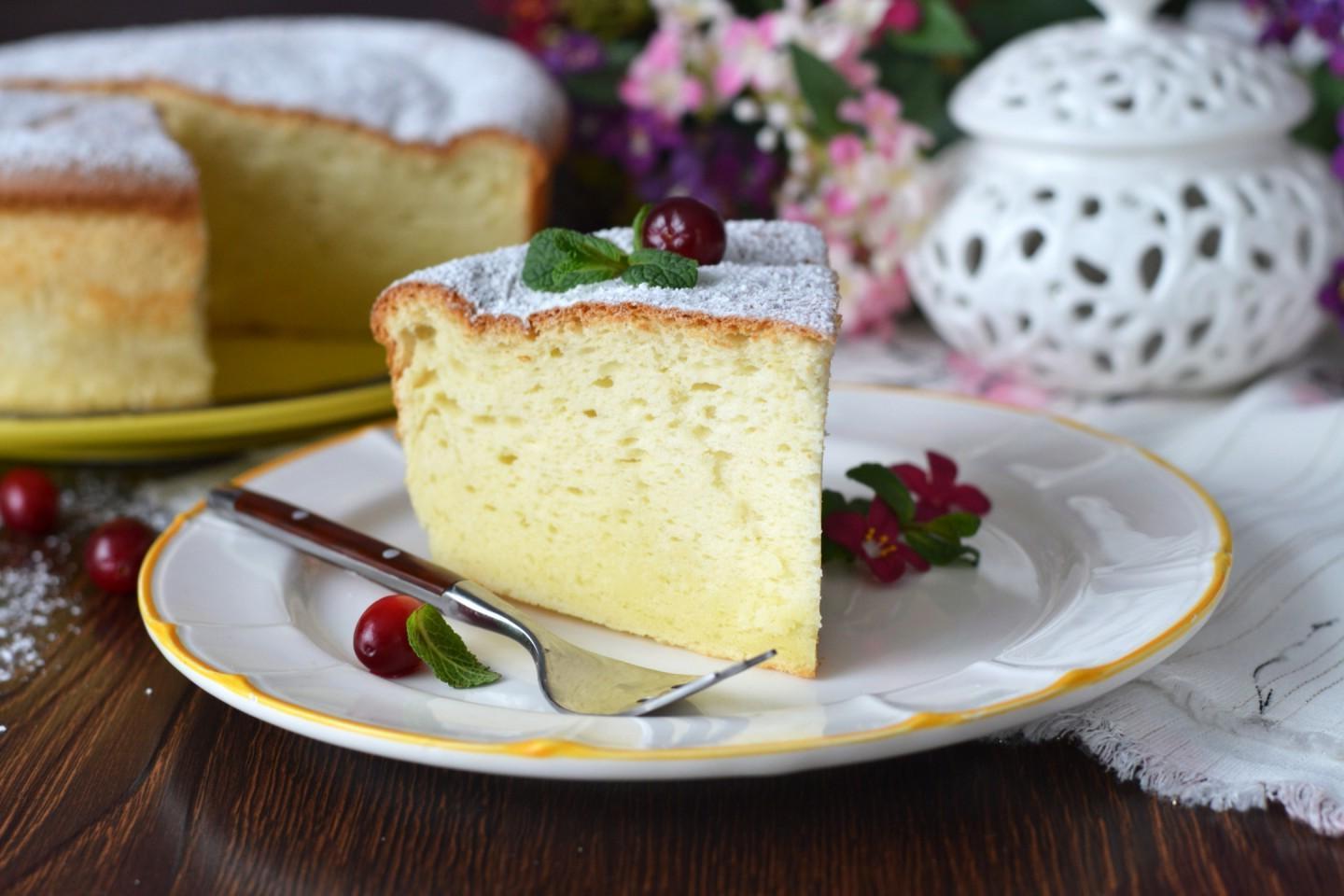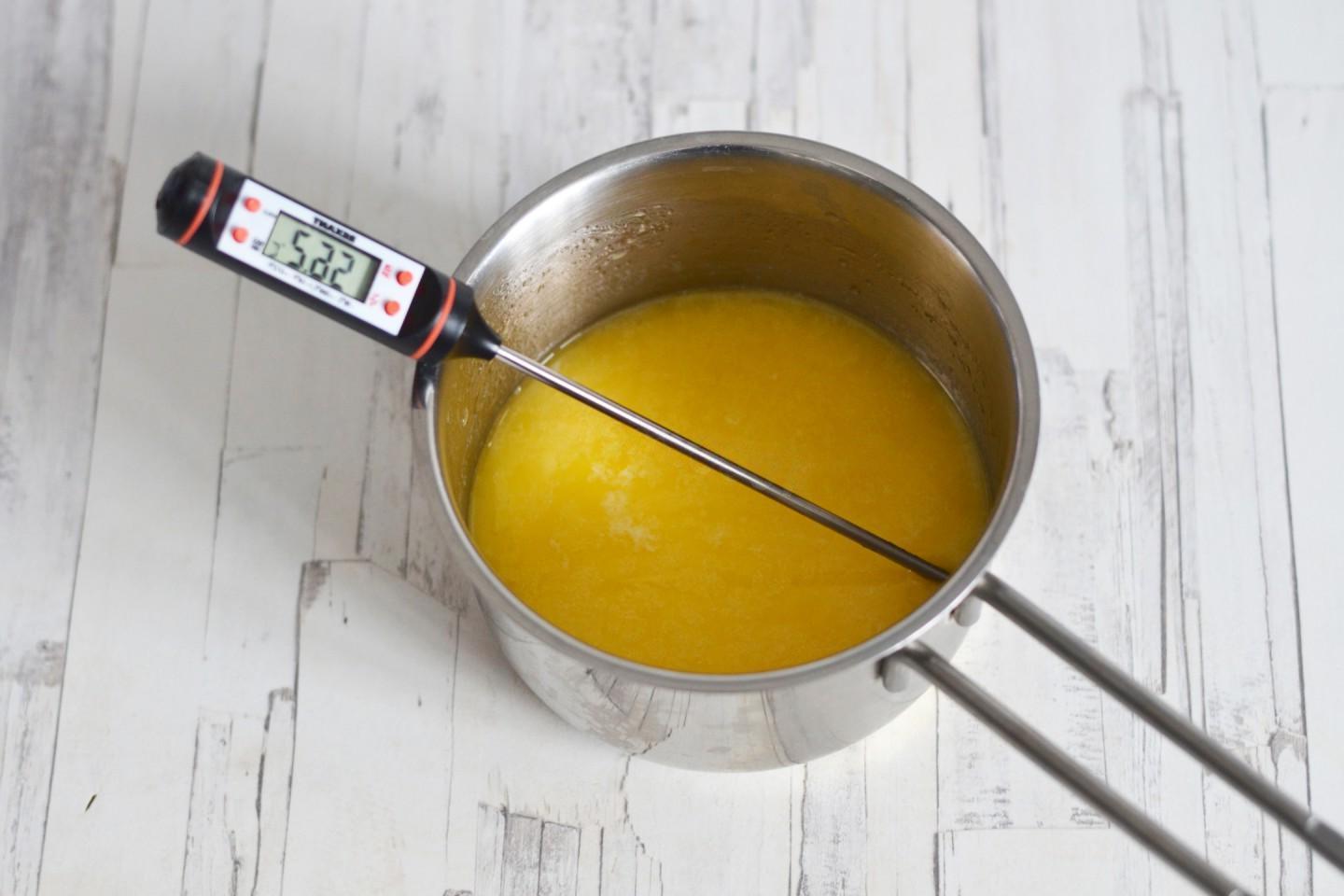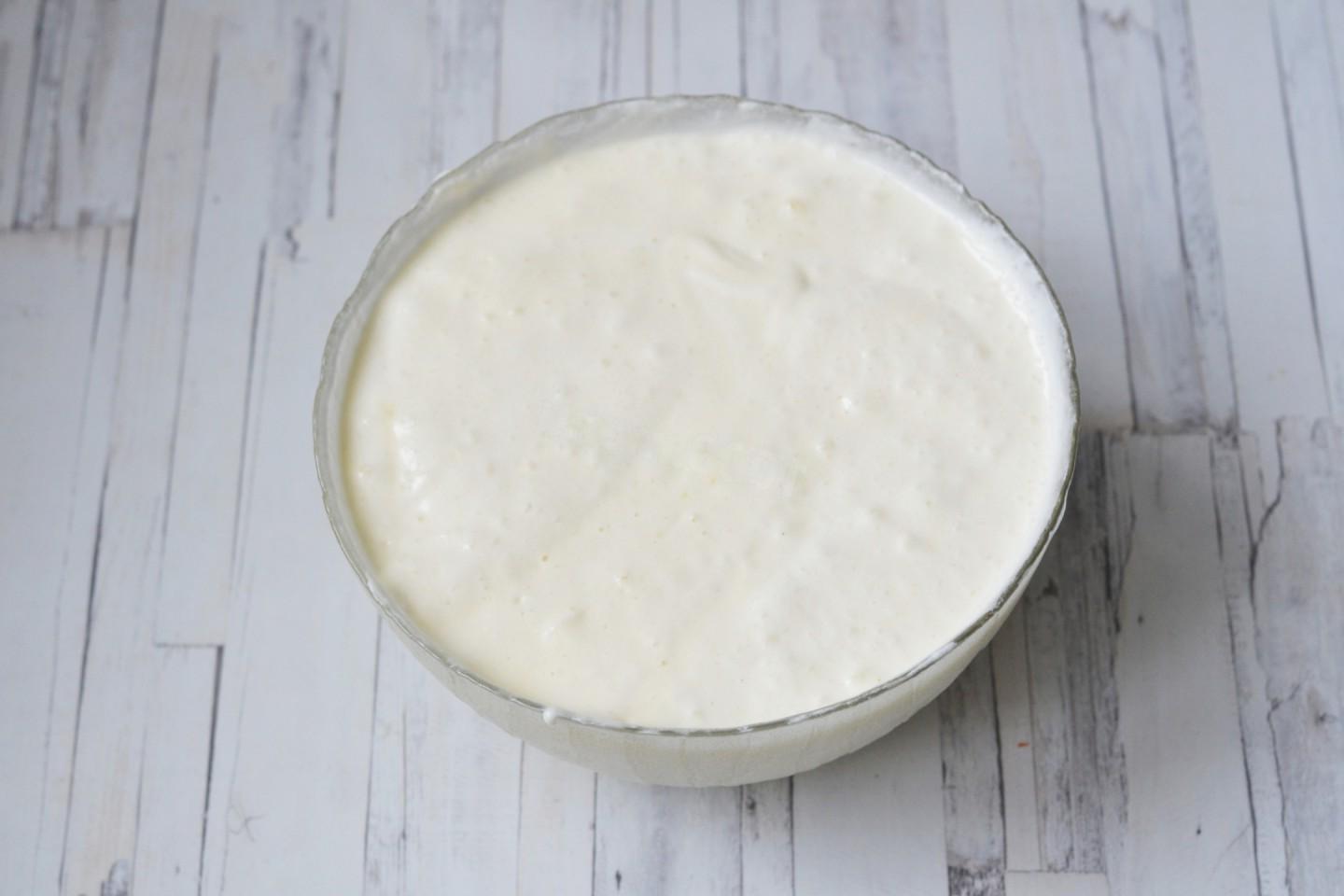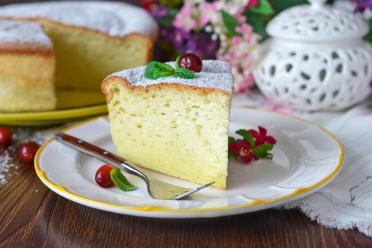Fluffy Japanese Castella Sponge Cake
Fluffy and delicious, made from simple ingredients, it just melts in your mouth! Japanese cotton sponge cake Castella cannot be compared with any other sponge cake. It is very airy, very soft, very weightless, it seems as if you are eating a delicate aromatic cloud. A lot of eggs make the dough airy and starch tender.
cook time:
1h 30 min
Ivy Ramsay

Nutrition Facts (per serving)
281
Calories
16g
Fat
25g
Carbs
8g
Protein
Ingredients (6 portions)
Basic:
Sugar
115 g
Wheat flour
115 g
Butter
115 g
Milk
115 g
Corn starch
2 tbsp
Eggs
7 pc
Recipe instructions
Step 1
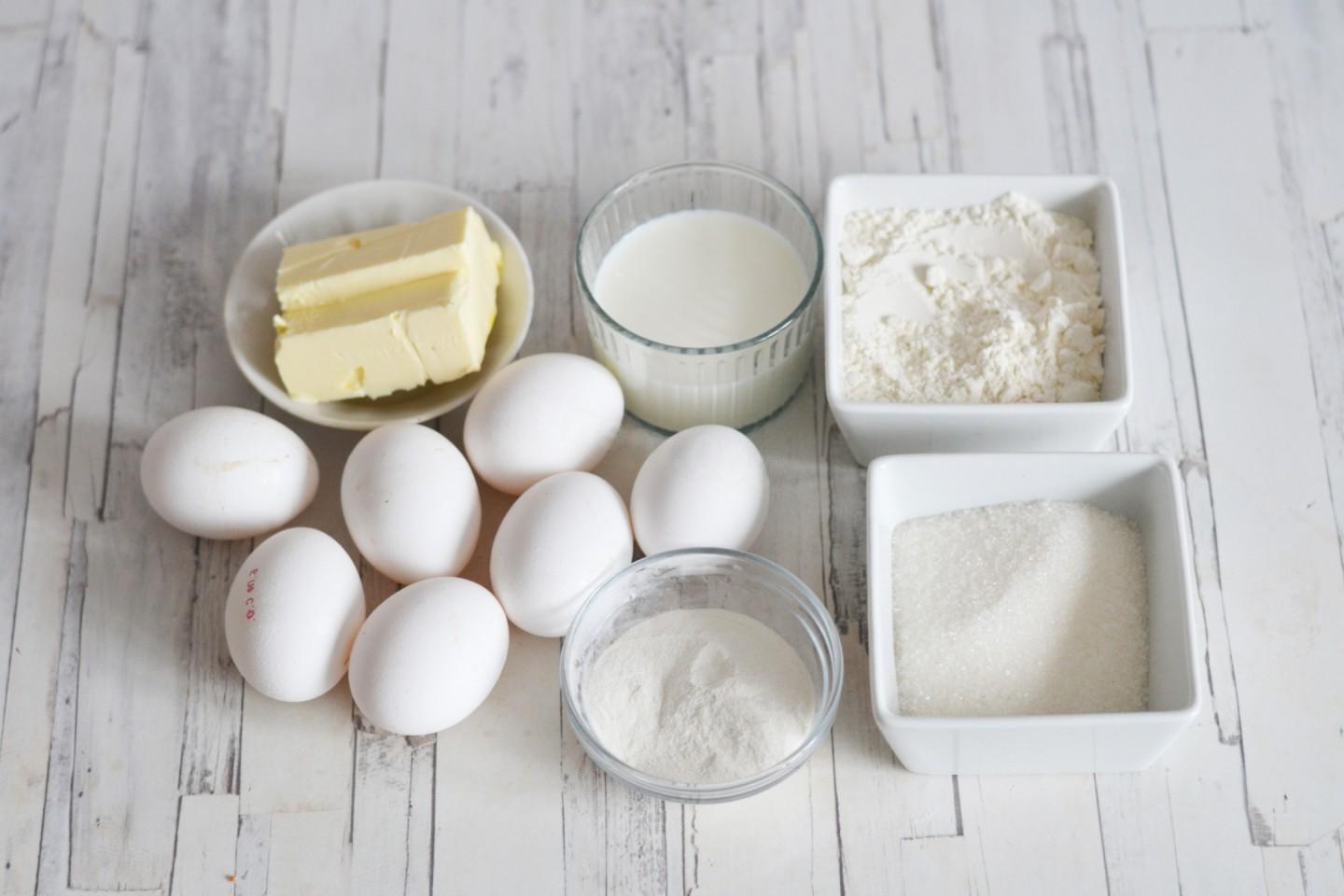
Step 2
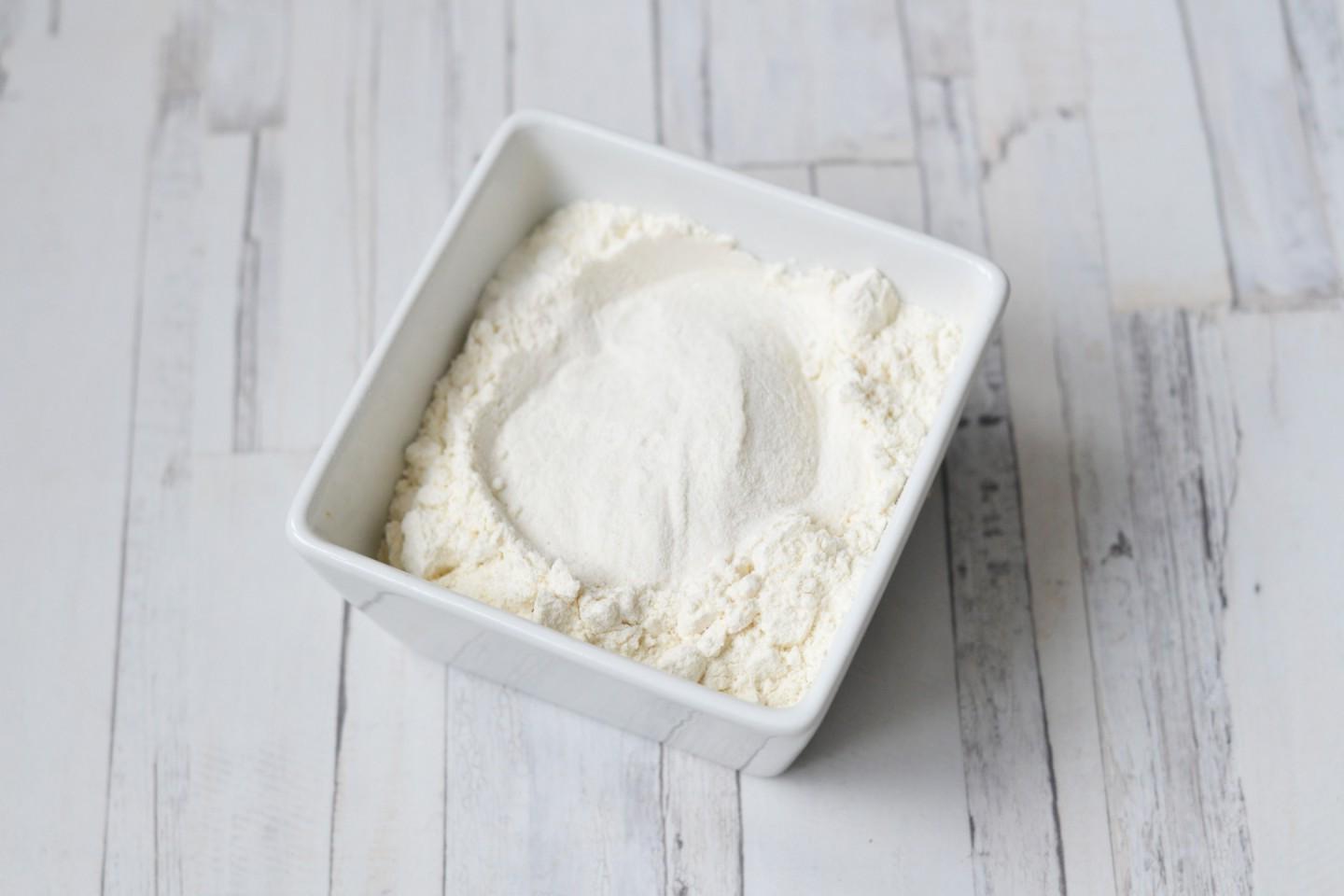
Step 3
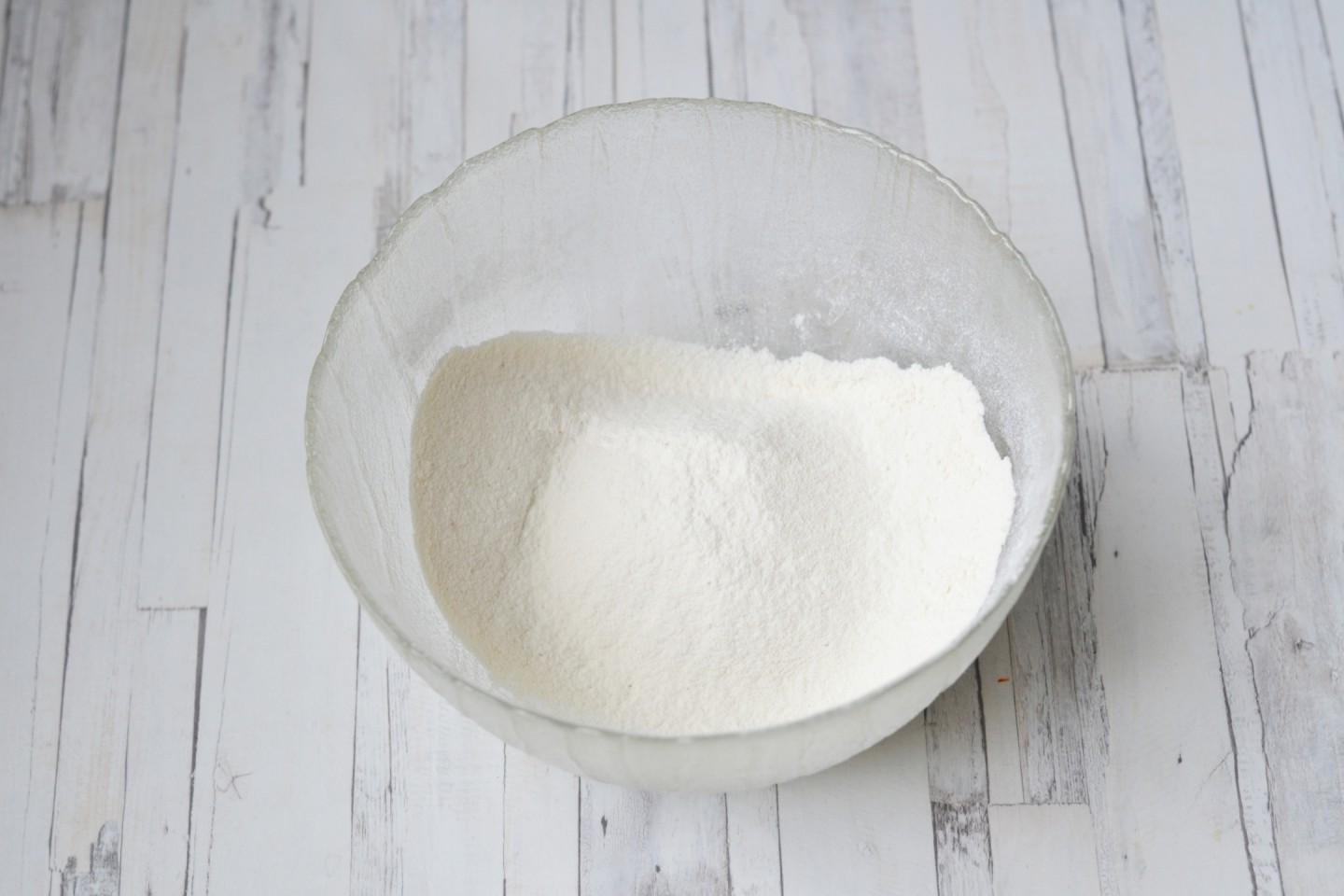
Step 4
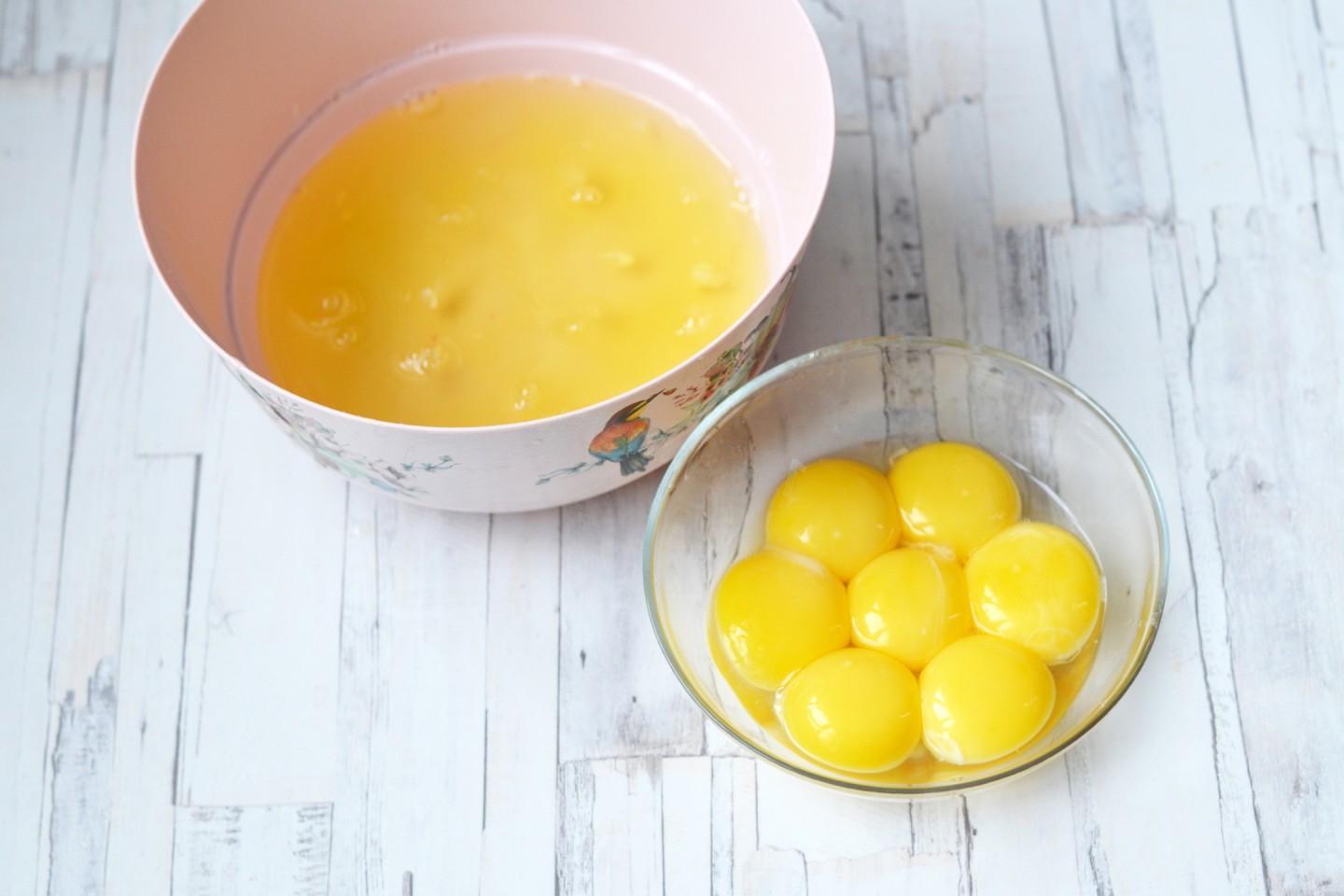
Step 5
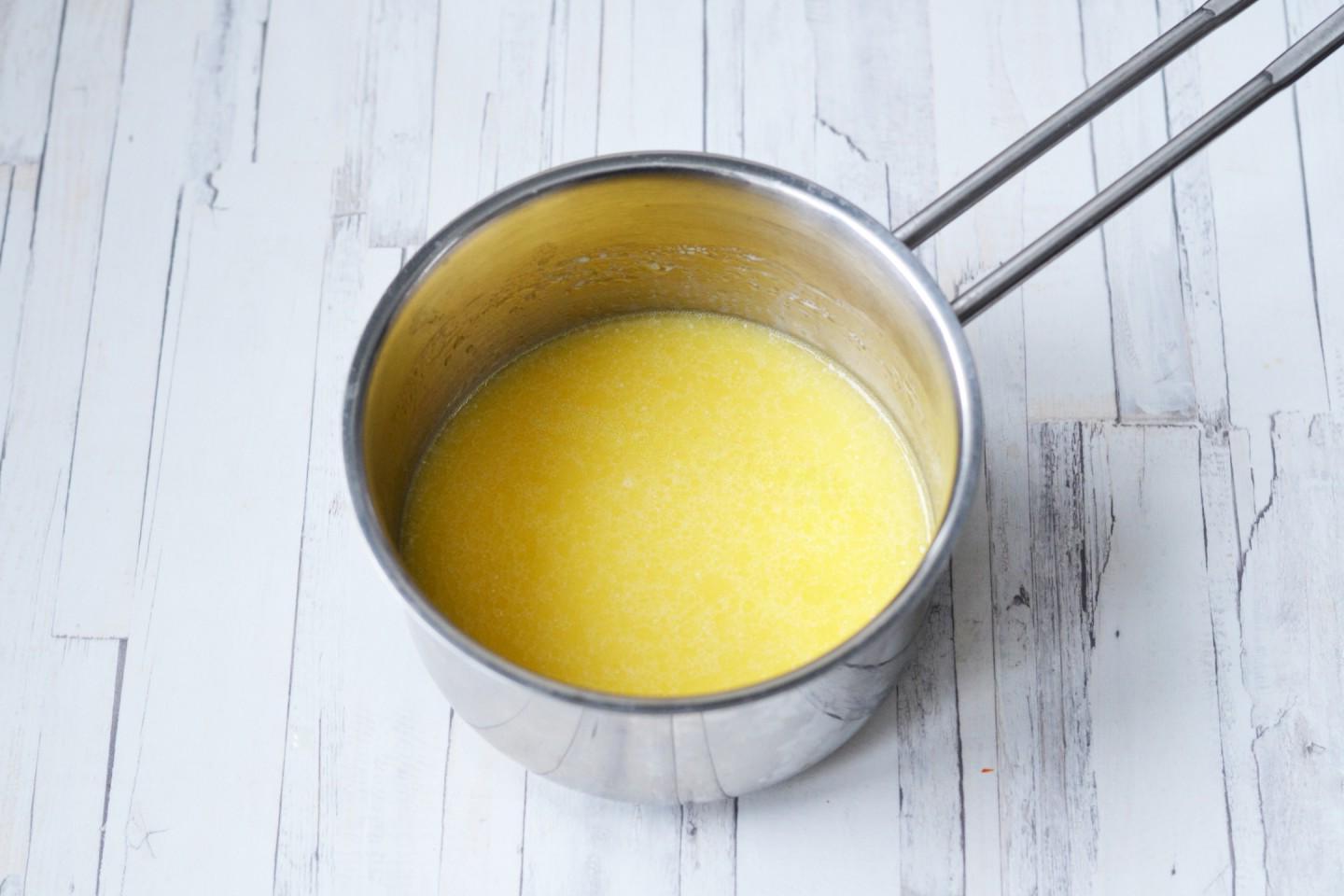
Step 7
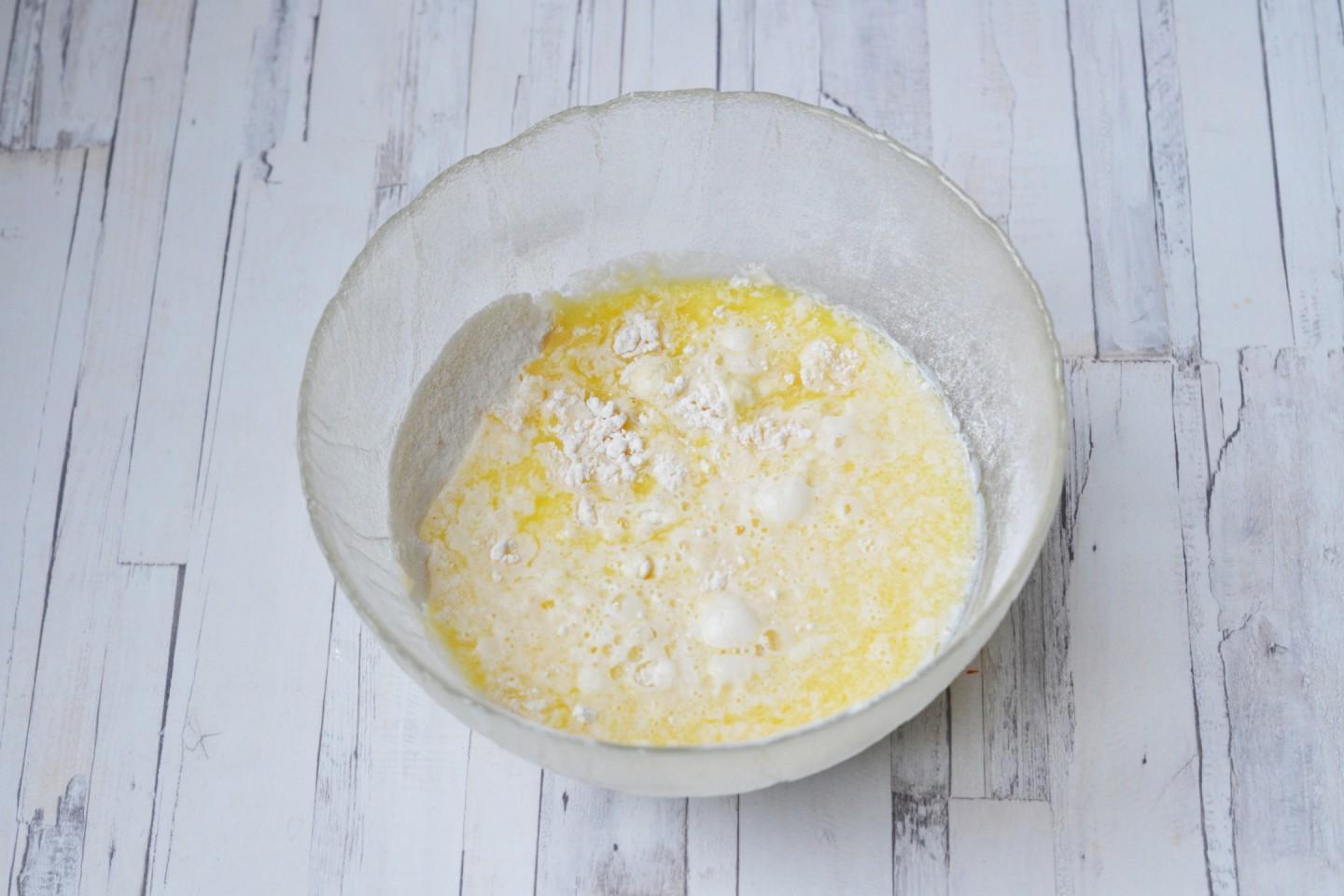
Step 8
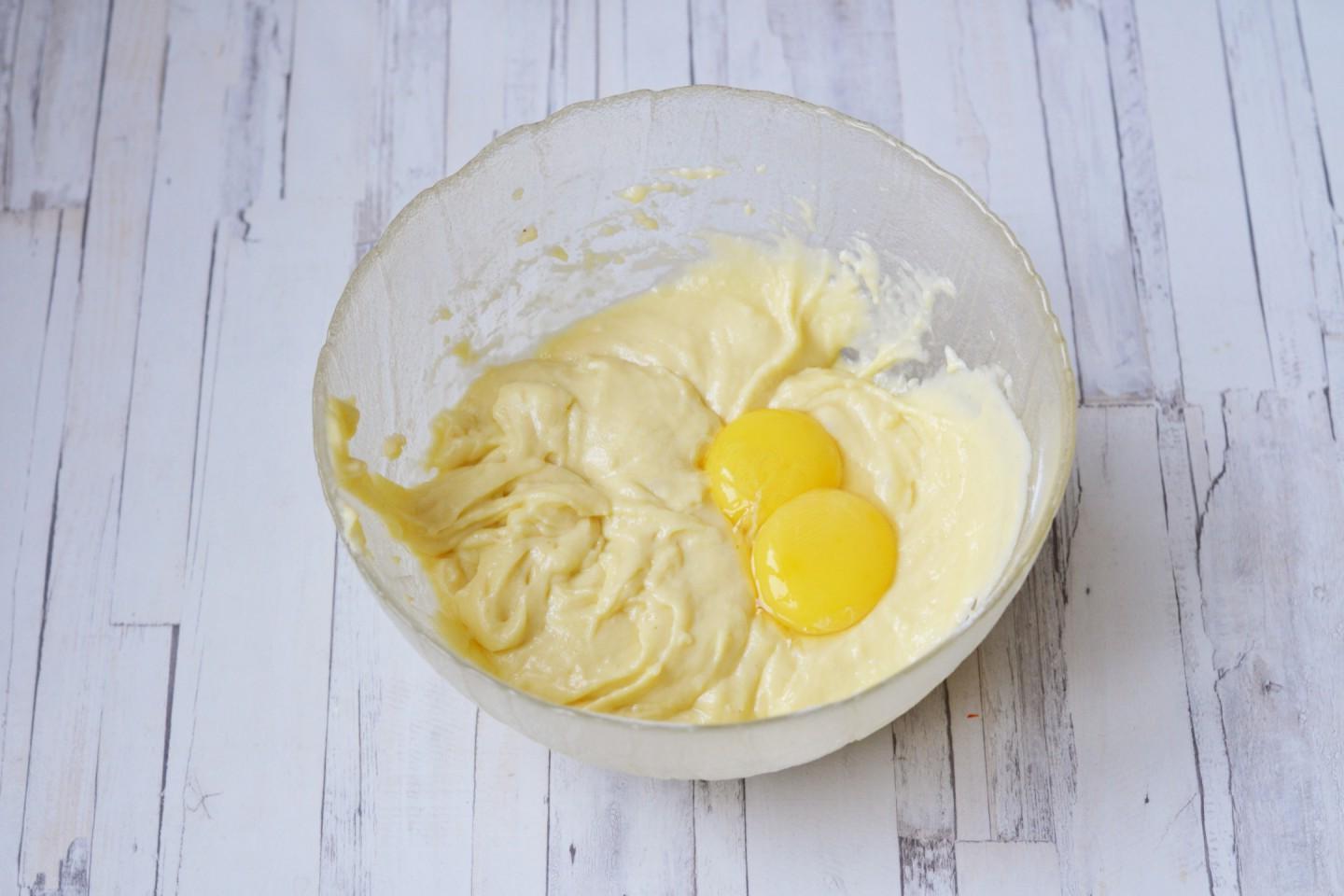
Step 10
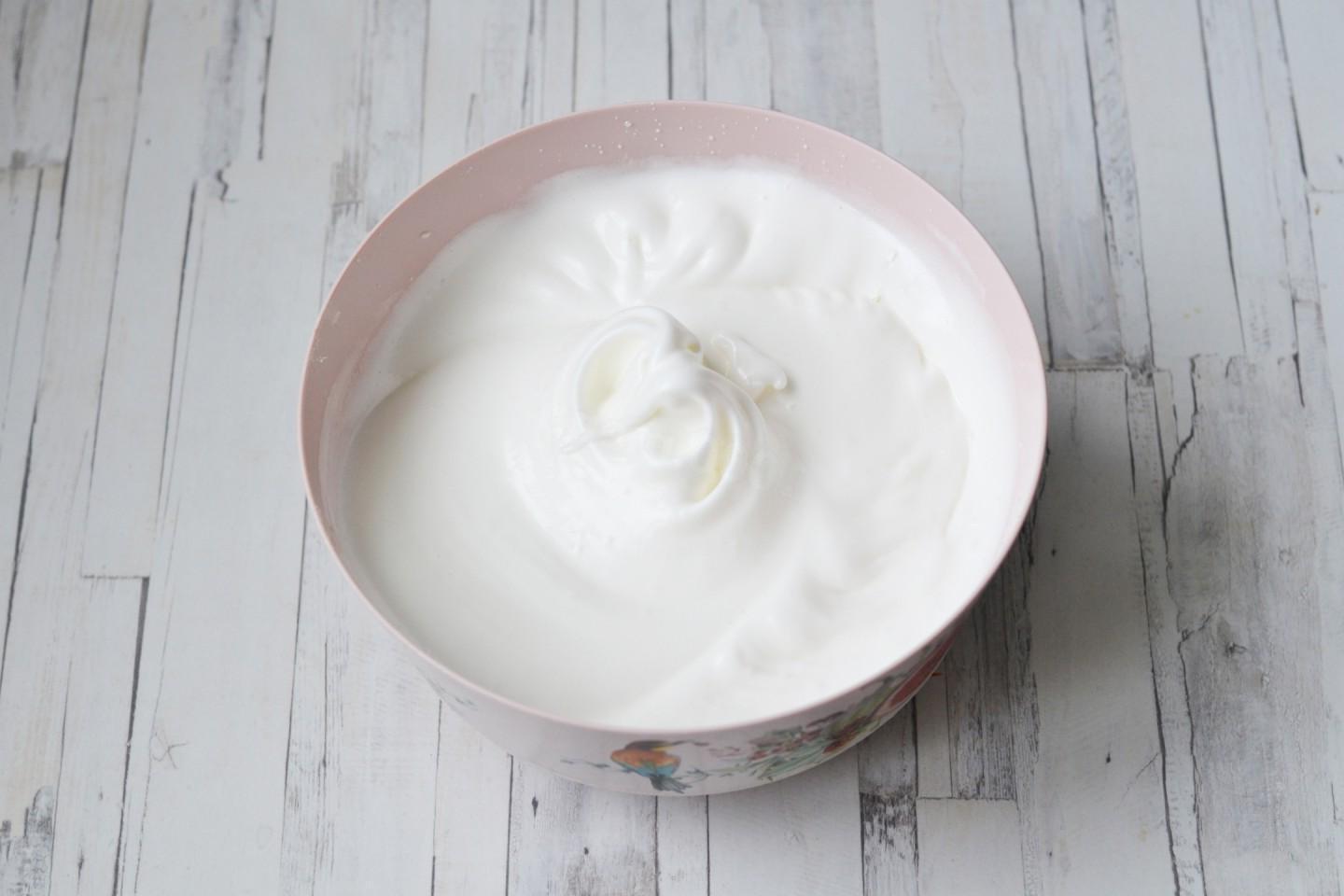
Step 11

Step 13
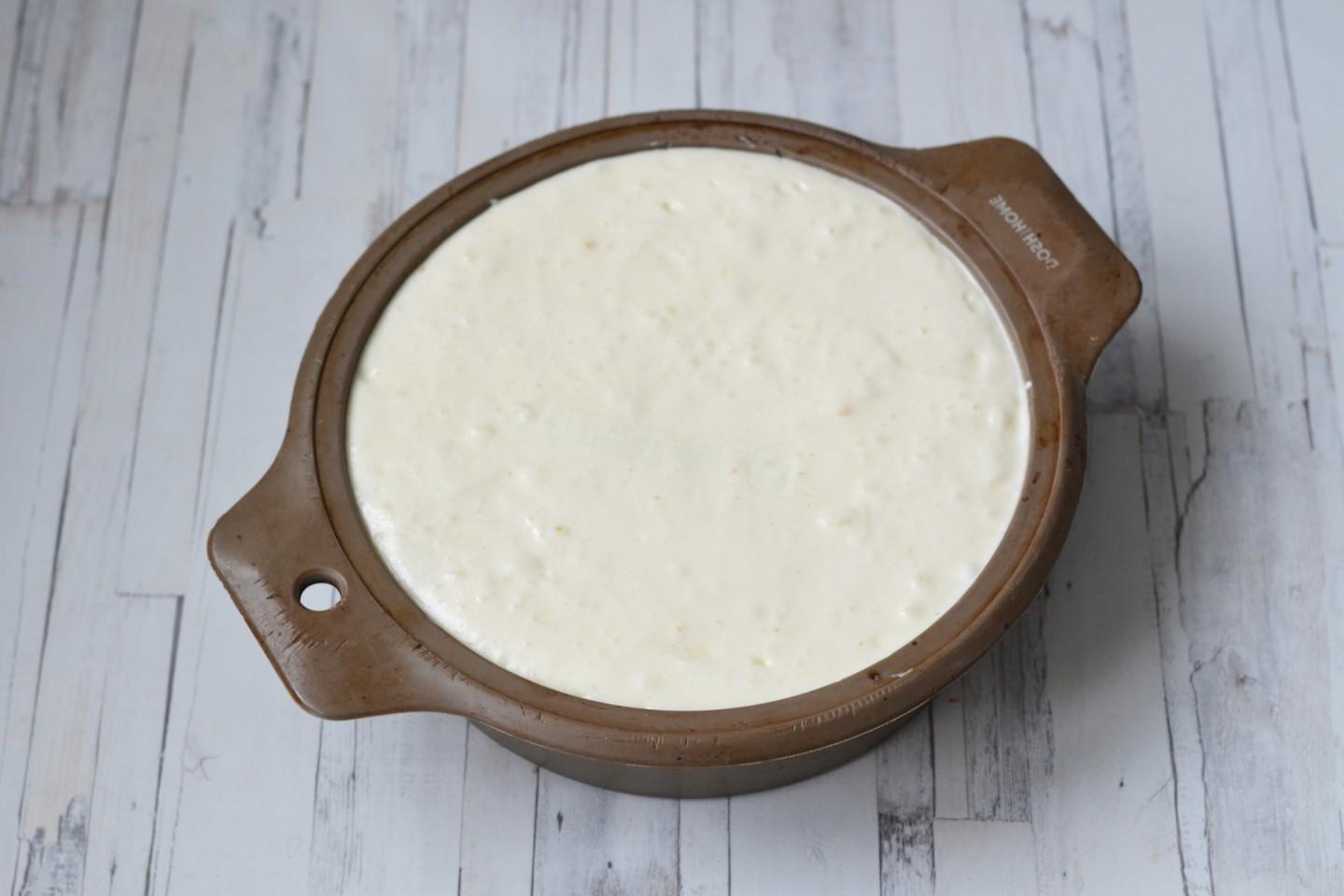
Step 14
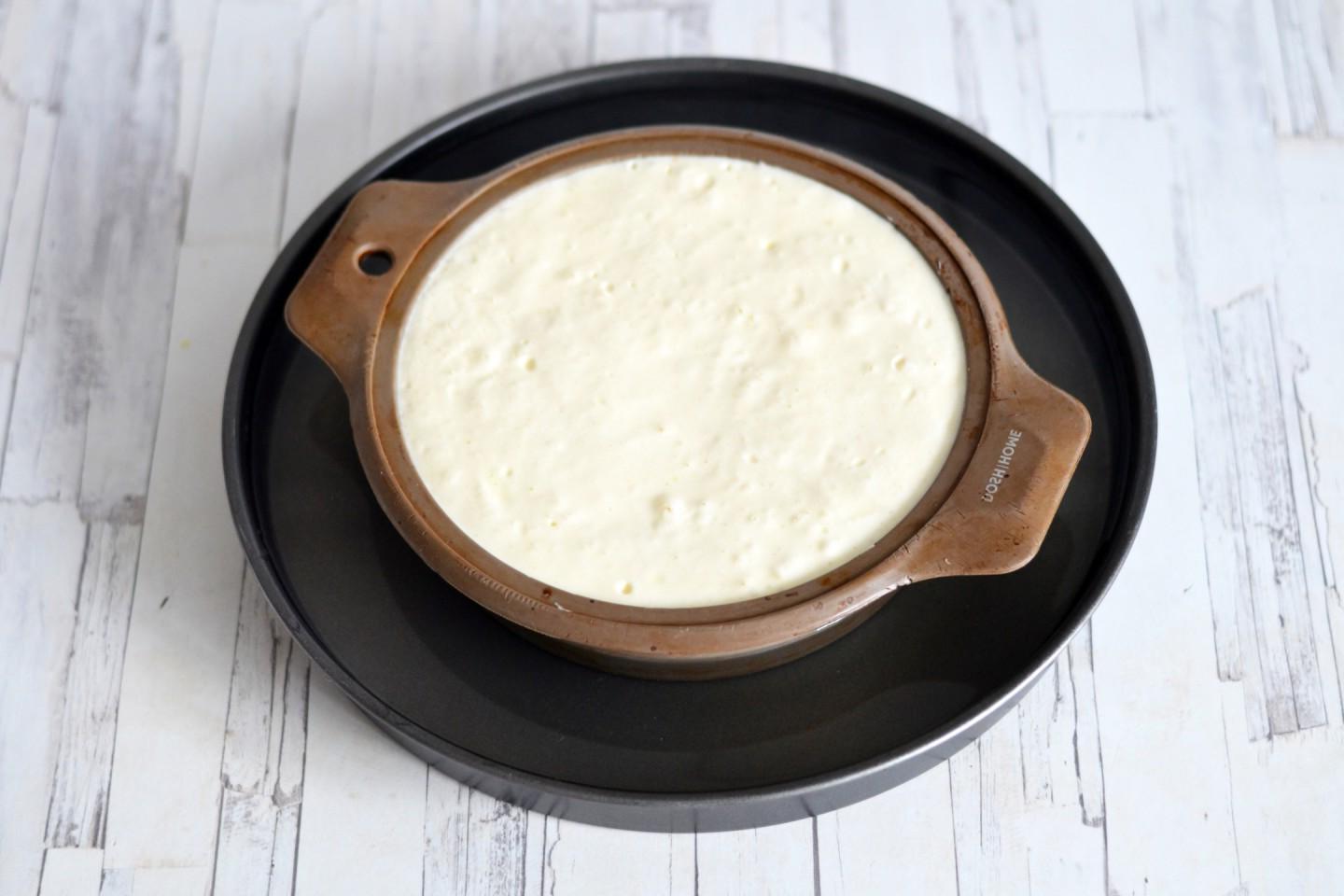
Step 15
